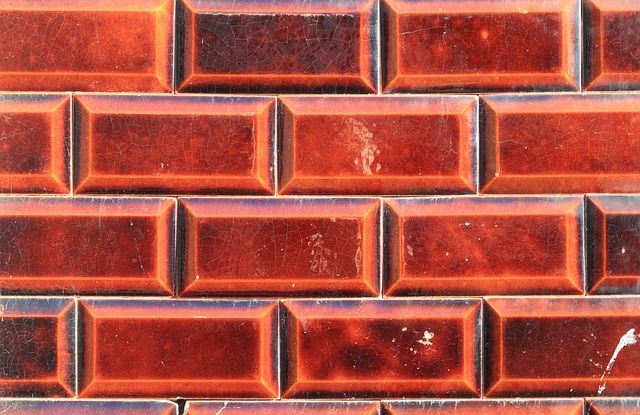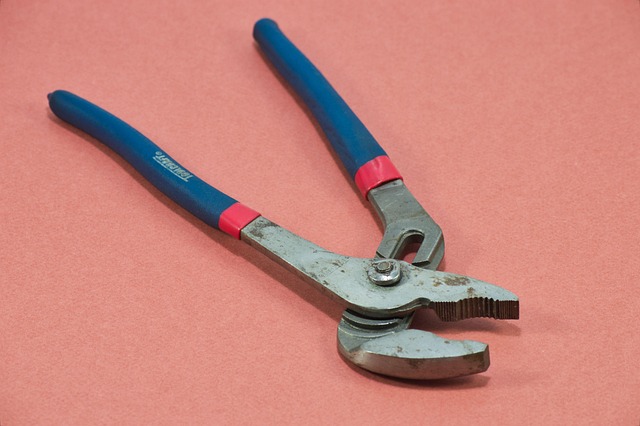Regular leak detection through semiannual inspections prevents water damage. Focus on areas prone to leaks, address drips promptly, and use advanced technologies for older homes. Document and act on findings immediately to protect investments, ensure health & safety, and avoid costly repairs.
Water damage can be devastating, but it’s often preventable with routine inspections. Understanding common causes like burst pipes, faulty appliances, or roof leaks is crucial. Establishing a regular inspection schedule for your home or property is key to early detection. Leveraging advanced leak detection technologies further enhances protection. Prompt documentation and repair of findings are essential to minimize water damage and save you from costly repairs.
- Understand Water Damage Causes
- Implement Regular Inspection Schedule
- Utilize Leak Detection Technologies
- Document and Address Findings Promptly
Understand Water Damage Causes

Water damage can stem from various sources, often concealed within walls, ceilings, or floors. Understanding these causes is pivotal to preventing significant and costly harm. Leaks, for instance, are a common yet insidious issue. From faulty pipes to damaged roofs, leaks can go undetected for extended periods, allowing water to seep into vulnerable areas. Over time, this moisture can lead to mould growth, structural degradation, and even electrical hazards.
Regular inspections with a focus on leak detection become an indispensable tool in combating these problems. By identifying potential sources early, homeowners or building managers can take prompt action. This proactive approach not only saves money by preventing extensive repairs but also ensures the health and safety of occupants by mitigating mould, mildew, and associated respiratory risks.
Implement Regular Inspection Schedule

Implementing a regular inspection schedule is paramount in preventing water damage. It’s recommended to conduct thorough checks at least bi-annually, focusing on areas prone to leaks such as basements, bathrooms, and kitchens. During these inspections, look for any signs of moisture, like stains on walls or ceilings, musty odours, or unusual sounds that might indicate running water behind walls.
Additionally, check for leaks in pipes, fittings, appliances, and fixtures. Addressing even the smallest drip or leak promptly can save you from significant water damage down the line. Consider employing advanced leak detection methods, especially if your home is older or has complex plumbing systems, to ensure no potential issues are overlooked.
Utilize Leak Detection Technologies

In today’s digital era, leveraging advanced technologies has become a game-changer in the pursuit of preventing water damage. One such innovation is leak detection. These cutting-edge systems employ sophisticated sensors and algorithms to monitor your home or property continuously, detecting even the subtlest signs of moisture intrusion. By utilizing leak detection technologies, you can avoid costly repairs and prolonged restoration processes associated with water damage.
From smart plumbing networks to wireless sensors strategically placed throughout your space, these tools enable early intervention. Property owners and managers equipped with real-time leak alerts can promptly address potential issues before they escalate. This proactive approach not only safeguards your investment but also fosters a sense of peace of mind, ensuring that any water-related problems are identified and mitigated swiftly and effectively.
Document and Address Findings Promptly

Once you’ve identified potential water damage issues through routine inspections, the next crucial step is to document and address these findings promptly. Take detailed notes during each inspection, documenting specific areas of concern, such as leaks, moisture buildup, or signs of mold growth. Include photos for visual evidence that can help in future insurance claims or repairs.
Addressing these issues immediately is key to preventing further damage. Prompt action involves fixing leaks, improving ventilation, or employing professional remediation services for severe cases. Regular follow-ups are essential to ensure that the identified problems have been effectively resolved and to prevent recurring water damage.
